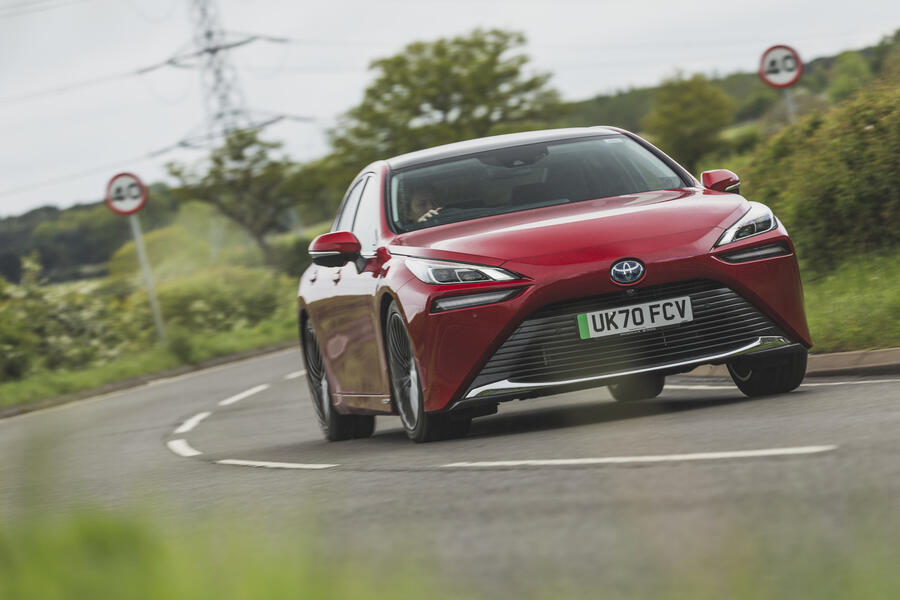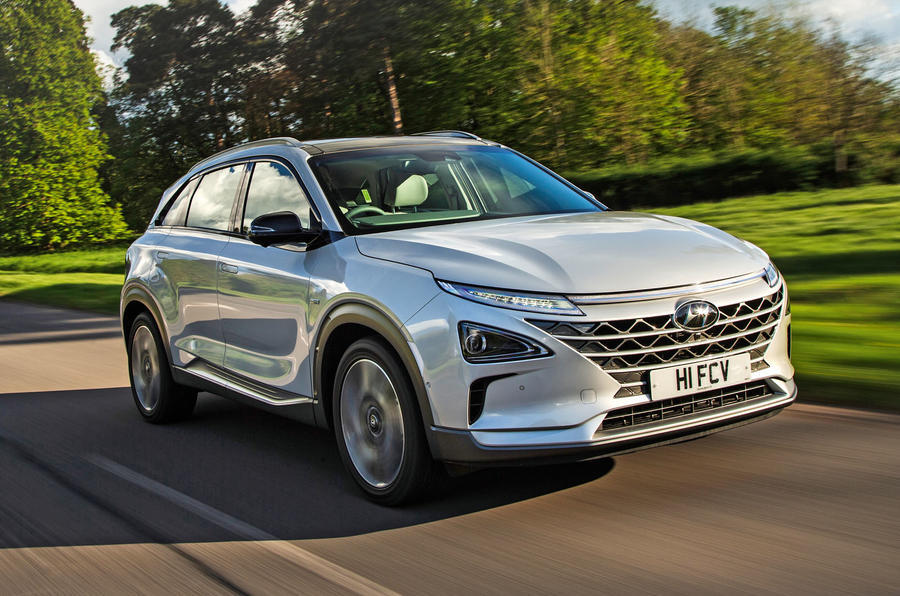Both Elevate and Grand Vitara come with a 1.5-litre naturally-aspirated petrol engine. But which one offers better real-world performance? Let’s find out

The Honda Elevate is one of the latest entrants in the compact SUV space, sharing its platform and engine options with its sedan counterpart, the Honda City. One of its key rivals is the Maruti Grand Vitara which was introduced in 2022 and has since become one of the top-selling compact SUVs in India. Both compact SUVs from Honda and Maruti use 1.5-litre naturally aspirated petrol engines. In this article, we will compare the real-world acceleration and braking performance of these SUVs.
Before we head on to performance results, let’s have a look at their engine specifications which are detailed in the table below.
Powertrains
|
Specs |
Honda Elevate |
Maruti Grand Vitara |
|
Engine |
1.5-litre petrol |
1.5-litre petrol |
|
Power |
121PS |
103PS |
|
Torque |
145Nm |
137Nm |
|
Transmission |
6-MT/CVT |
5MT/6AT |
As seen in the table, the Honda Elevate is 18PS more powerful and 8Nm torquier than the Maruti Grand Vitara. Talking about the transmission options, Maruti’s SUV comes with a 5-speed manual transmission or a 6-speed automatic transmission, while the Elevate’s petrol engine comes paired to either a 6-speed manual transmission or a CVT automatic gearbox.
The Maruti SUV also gets the option of a hybrid powertrain.
For our performance comparison, we have the CVT automatic version of the Honda Elevate and 6-speed automatic transmission version of the Grand Vitara.
Acceleration Test
|
Tests |
Honda Elevate CVT |
Maruti Grand Vitara AT (Wet) |
|
0-100kmph |
12.35 seconds |
15.13 seconds |
|
Quarter Mile |
18.64 seconds at 125.11kmph |
19.64 seconds at 114.42kmph |
|
Kickdown (20-80kmph) |
7.2 seconds |
8.48 seconds |

In the acceleration tests, the Honda Elevate is considerably quicker than the Maruti Grand Vitara in the 0-100kmph sprint by 2.78 seconds. The Honda SUV is faster than the Maruti SUV to complete a quarter mile by one second. While the two SUVs were not tested in identical conditions, the Grand Vitara’s performance in dry conditions would not have any significant improvements.
Also Check Out: New Vs Old: Kia Seltos Turbo-petrol DCT Real-world Performance Comparison
Braking Test
|
Tests |
Honda Elevate CVT |
Maruti Grand Vitara AT (Wet) |
|
100-0kmph |
37.98 metres |
46.87 metres |
|
80-0kmph |
23.90 metres |
29.41 metres |

The stopping distance between the Honda Elevate and the Maruti Grand Vitara is almost 9 metres when coming to a stop from 100kmph. That’s about two car lengths. Talking about the braking from 80kmph to 0, the Elevate still takes less distance than the Grand Vitara and the difference reduces to almost 5.5 metres. The Grand Vitara gets 215/60 R17 alloy wheels, whereas the Honda Elevate has 215/55 R17 alloy wheels.
Also Check Out: Here’s What The Tata Harrier Facelift Does Better Than The MG Hector
Price Comparison
|
Honda Elevate ZX CVT |
Maruti Grand Vitara Alpha AT |
|
Rs 16 lakh |
Price – Rs 16.91 lakh |
The top-spec Grand Vitara petrol automatic costs Rs 91,000 more than the Honda Elevate ZX CVT. Though both are top-spec variants of both cars, the Grand Vitara offers more features over the Elevate. You can also check out our comparison page for both SUVs for more details.
Read More on : Grand Vitara on road price
















